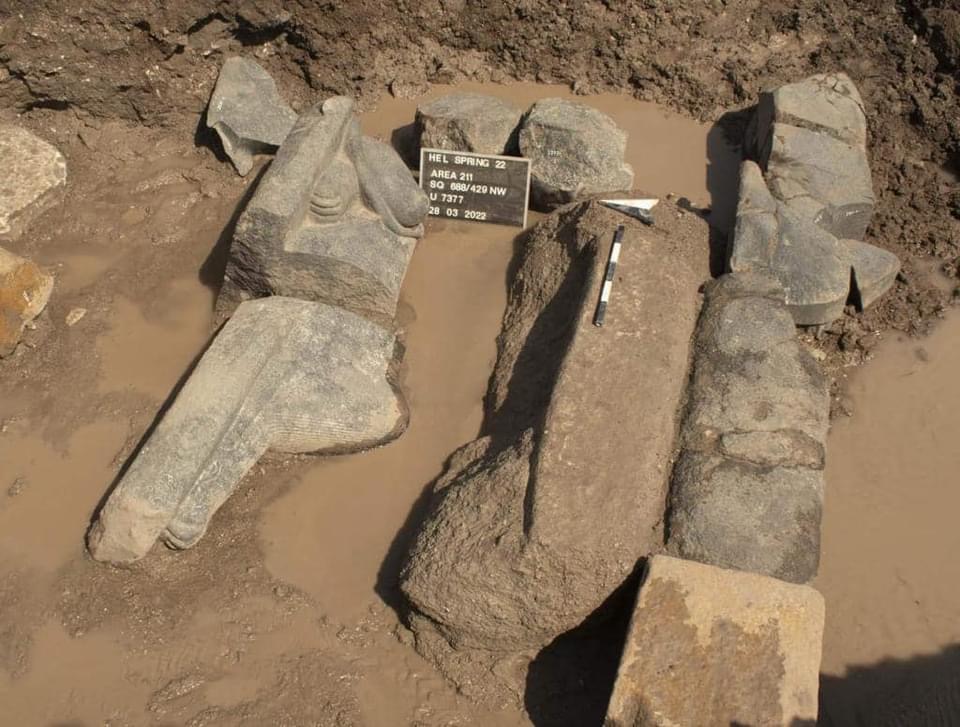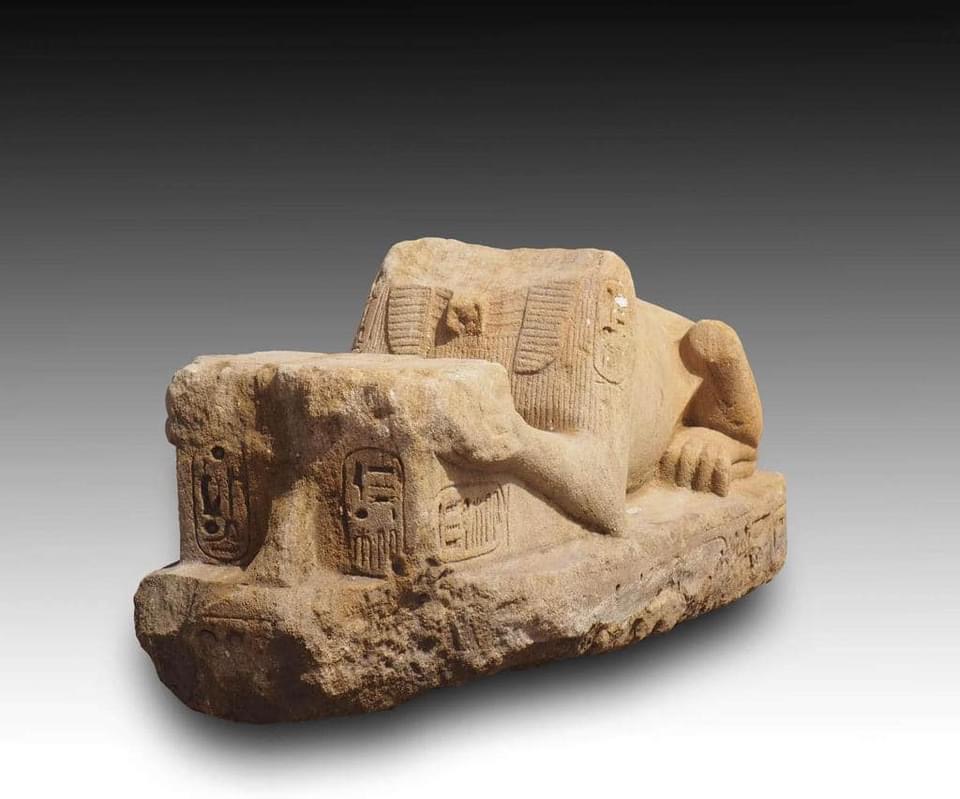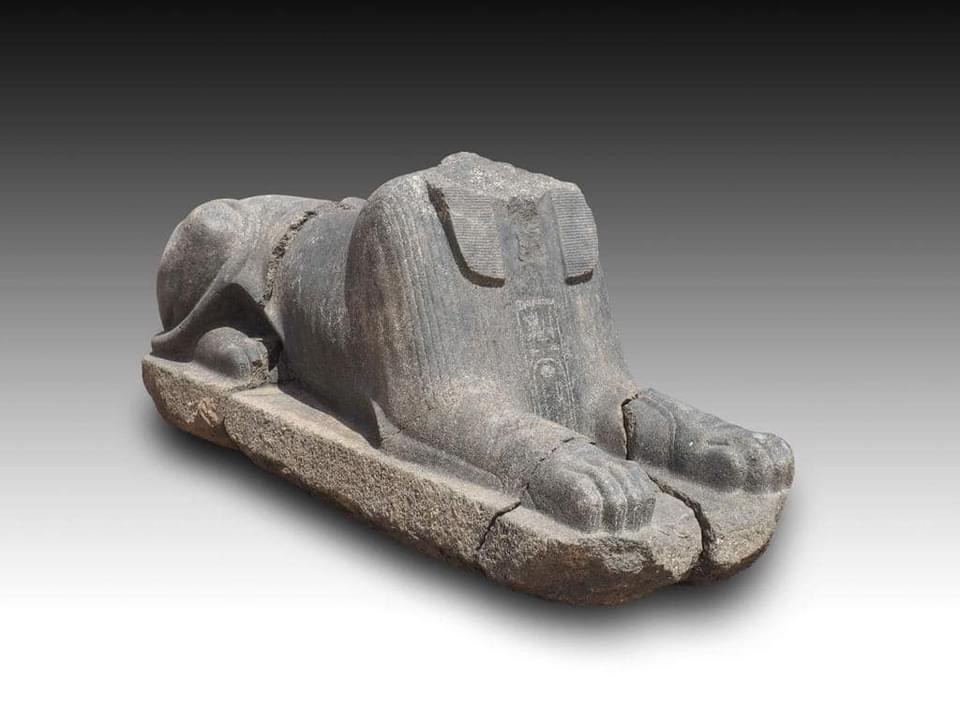Egyptian-German archaeological mission announced the discovery of foundations of the Temple of the Sun as well as blocks dating back to Khufu's reign at the open-air museum of Matariya, in Cairo’s Heliopolis.

Head of the Egyptian Antiquities sector in the Supreme Council of Antiquities and the head of the Egyptian side in the Egyptian-German mission Ayman El Ashmawy explained that a number of fragments of statues and sphinxes were discovered.
Ashmawy added that these fragments indicate the continuous royal presence in the area through the presence of number of kings including Amenemhat II, Sesostris III (1882-1842 BC), Amenemhat III (1842-1795 BC), Amenemhat V (1776-1773 BC), Thutmosis III (1479-1425 BC), Amenhotep II, Amenhotep III, Horemheb (1319-1292 BC), Ramesses II (1279-1213 BC), and Seti II (1204-1198 BC).

Ashmawy recounted that longstanding investment in Temple of the Sun is proved by the numerous stele, naos, and altar fragments of Amenemhat IV (1802-1793 BC), Sobekhotep IV (1712-1701 BC), Ay (1323-1319 BC), Seti I (1290-1279 BC), Osorkon I (925-890 BC), Takeloth I (890-877 BC), and Psametik I (664-610 BC).
The Egyptian-German mission managed to discover as well fragments of a quartzite model with small sphinxes by Amenhotep II and a base of colossal baboon statue made from red granite.
All the newly uncovered fragments were found in different debris layers dating back to Roman, Late Roman, Early Islamic, Mamluk and Ottoman periods.
Fragments of king Khufu (c. 2580 BC) from the Fourth Dynasty were found in Heliopolis for the first time. These fragments may belong to unknown building precinct of Khufu at Matariya, or brought from the pyramid district at Giza as building material during the Ramesside Period.
“Excavation work revealed more evidence for the early history of the area,” recounted head of the German side of the Egyptian-German mission Raue.
Raue added that multiple layers of Dynasty Zero (Naqada IIIB) have been identified as well as large layers of pottery debris that give more insights about the ritual activities in the early third millennium BC as well as an intense distribution activity during the third and fourth dynasties (c. 2686-2494 BC).
The head of the German side of the Egyptian-German mission said that this new discovery gives us more information about the Old Kingdom activity through a red granite fragment of Pepy I (c. 2280 BC) with the depiction of Horus.

Comments
Leave a Comment